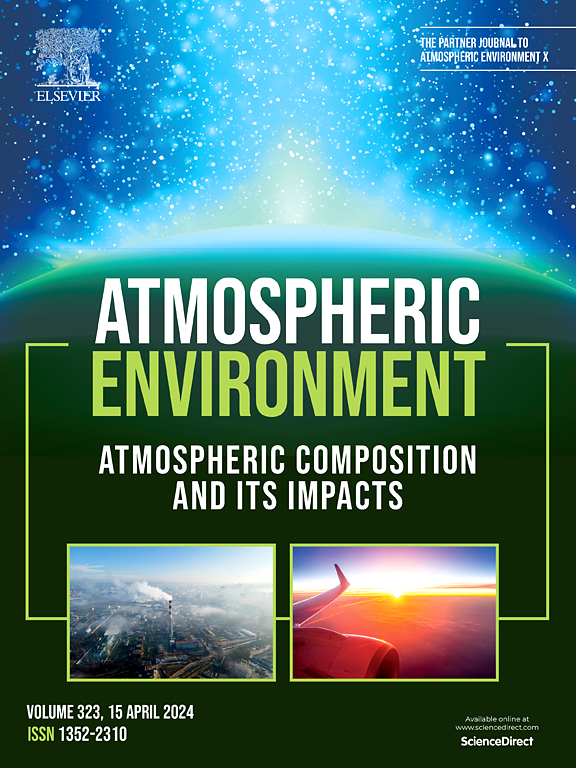Molecular level characteristics and sources of rainwater water-soluble organic matter in different regions of China by FT-ICR MS
IF 4.2
2区 环境科学与生态学
Q2 ENVIRONMENTAL SCIENCES
引用次数: 0
Abstract
Rainwater water-soluble organic matter (WSOM) constitutes a complex mixture that holds a pivotal role in biogeochemical cycles and climate change. Understanding its chemical composition helps better to reveal its atmospheric behavior. In this study, rainwater samples were collected from three Chinese cities to explore their WSOM molecular composition and sources. These rainwater samples contained significant amounts of both natural and anthropogenic WSOM owing to diverse environmental settings and extensive human activities. Ultrahigh-resolution Fourier transform ion cyclotron resonance mass spectrometry (FT-ICR MS) was employed to analyze the molecular diversity of rainwater WSOM. A total of 1684, 2024, and 1104 molecular formulas were identified in rainwater WSOM from Anshan, Guangzhou, and Nanjing, China, respectively. The results reveled that sulfur-containing compounds (including CHOS and CHONS) dominated the rainwater WSOM in Anshan (74.9 %), with a notable presence of nitrooxy-organosulfates. In contrast, in Guangzhou, typical biogenic derivatives of CHO compounds contributed more to the rainwater WSOM (50.5 %). In Nanjing, the sulfur-containing compounds and CHO compounds were primarily composed of nitrooxy-organosulfates and saturated fatty acids, respectively, comprising 48.6 % and 43.8 % of the rainwater WSOM. On the whole, rainwater WSOM mainly originated from industrial emissions, secondary generation, biomass burning, and vehicle emissions.

求助全文
约1分钟内获得全文
求助全文
来源期刊

Atmospheric Environment
环境科学-环境科学
CiteScore
9.40
自引率
8.00%
发文量
458
审稿时长
53 days
期刊介绍:
Atmospheric Environment has an open access mirror journal Atmospheric Environment: X, sharing the same aims and scope, editorial team, submission system and rigorous peer review.
Atmospheric Environment is the international journal for scientists in different disciplines related to atmospheric composition and its impacts. The journal publishes scientific articles with atmospheric relevance of emissions and depositions of gaseous and particulate compounds, chemical processes and physical effects in the atmosphere, as well as impacts of the changing atmospheric composition on human health, air quality, climate change, and ecosystems.
 求助内容:
求助内容: 应助结果提醒方式:
应助结果提醒方式:


